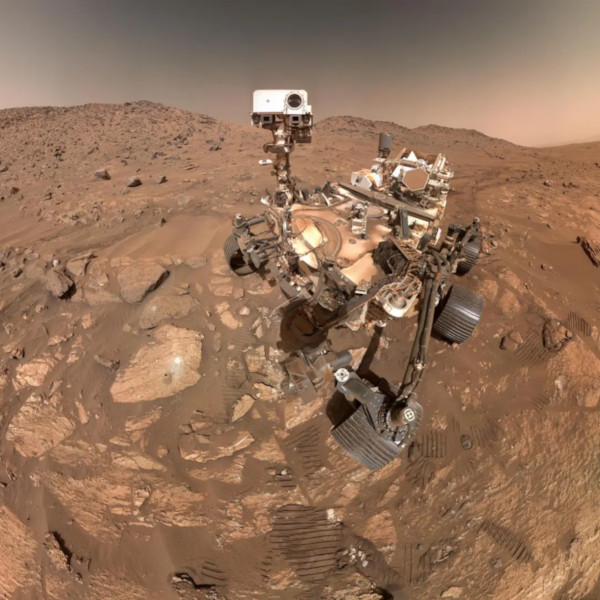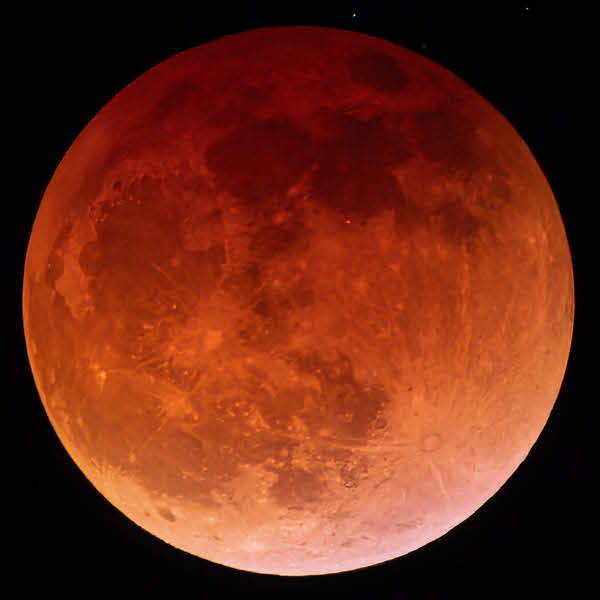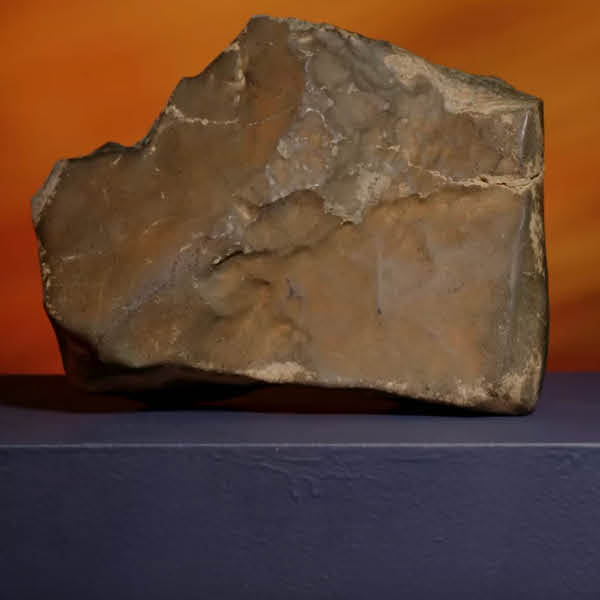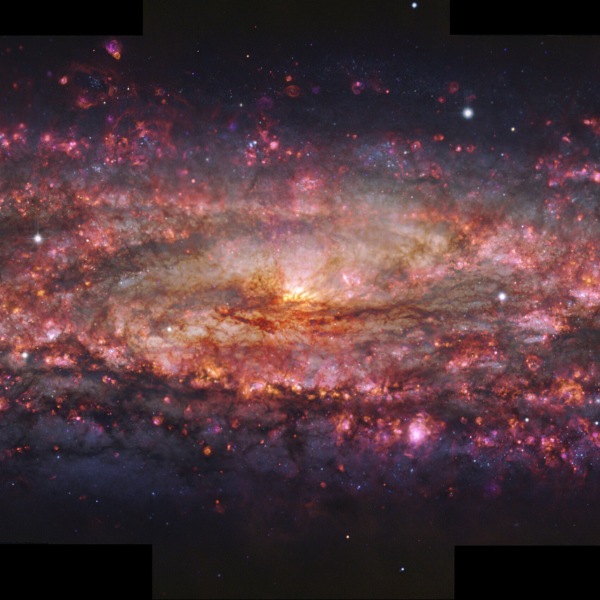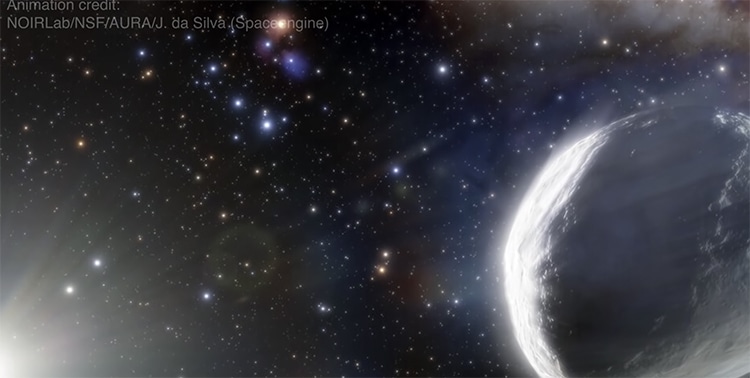
NASA's Hubble Telescope has discovered an enormous comet hurtling towards Earth. (Photo: video screenshot via NASA's Goddard Space Flight Center)
Comets are basically icy space trash left over from the formation of the planets of our Solar System. While usually large by any normal usage of the word, they range widely in the circumference of their nucleus—the ball of ice and dirt at their center. NASA's Hubble Telescope has recently discovered the largest comet ever seen by astronomers—a comet larger than the state of Rhode Island.
The comet—known as Comet Bernardinelli-Bernstein, after its discoverers, or Comet C/2014 UN271—was first spotted in 2010. However, astronomers were only recently able to measure it using images captured by Hubble. Its nucleus is 85 miles wide, stretching across the state of Rhode Island. The nucleus weighs 5.511 trillion tons. This is 50 times larger than normal comets and a new record. This massive celestial beast is hurtling towards Earth at a speed of 22,000 miles per hour.
Thankfully for life on Earth, the comet is on a 3-million-year-long elliptical orbit. It will never approach closer than one billion miles away from the Sun in 2031. NASA says, “The kicked-out comets [from our planetary system's formation] took up residence in the Oort Cloud, a vast reservoir of far-flung comets encircling the Solar System.” This behemoth marks an exciting new data point in studying the far flung reaches of our universe.
NASA's Hubble Telescope has captured images of a 80-mile-wide comet hurtling towards Earth.
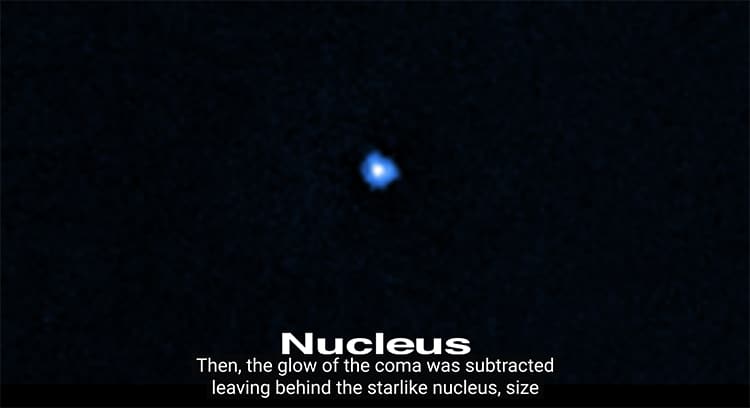
The comet's nucleus. (Photo: video screenshot via NASA's Goddard Space Flight Center)
The comet has a nucleus 50 times bigger than average and is approaching Earth at 22,000 miles per hour.
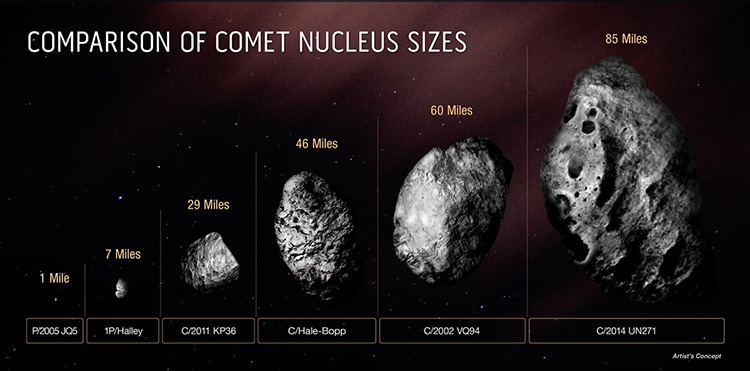
Comet C/2014 UN271 size in perspective. (Photo: NASA)
The comet is also known as the Comet Bernardinelli-Bernstein.
h/t: [BBC, Peta Pixel]
Related Articles:
Listen to the Beautiful Sounds of NASA Discovering Over 5,000 Exoplanets Since 1992
Rare Once-in-a-Lifetime ‘Great North American Solar Eclipse’ Will Happen in 2024
Ice Giant Neptune Has Spent 20 Years Getting Increasingly Colder
Photographer Uses 2 Million Photos to Produce GIF Showing Moon’s Movement














































































